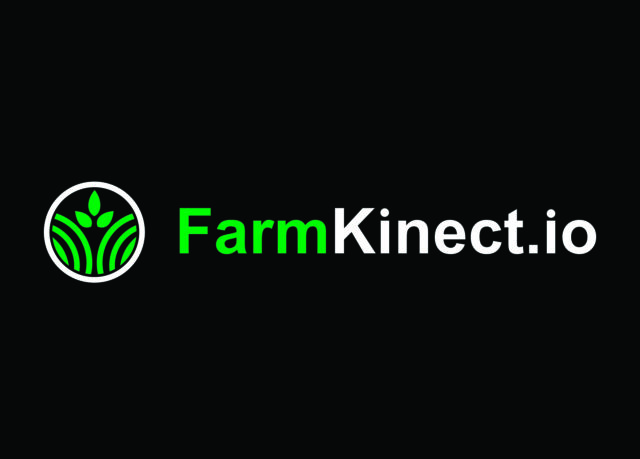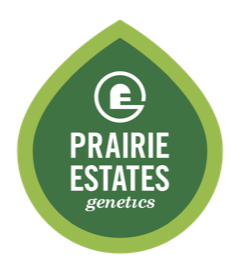In 1968, I started as a dairy farmer with my father in a first-generation dairy farm in the Netherlands. Since then, I’ve experienced a lot of changes in my life.
Societies have changed from local to global. People and food move over the whole world, and fast – in some instances, in a couple of hours – and no more than a few days, with extremely low transport costs.
Food habits are totally different, especially for the middle class. Instead of being based on survival and health, diets nowadays are influenced by new health trends and emotion.
Differences in wealth are even bigger than 50 years ago. There are more super-wealthy and more poor people – with a shortage of food all over the world.
Topics such as animal welfare, environmental topics, global warming and many more are on the table for farmers to address. This all will have an influence at the farm level.
The time is over for farmers to be the boss of their own farmyard only. And yet because the influences of NGOs are more commonly accepted, farmers’ influence on national government is shrinking. This is in part caused by consolidation of farms, driving down the number of farmers in operation. In one generation, we have seen 50 percent fewer farmers.
To get permits for using water, new buildings and other things is becoming more difficult and, at least, more time-consuming. For example, in my home country of Denmark, it takes over two years to get a permit for a new cow barn. You, as a farmer, must communicate with your neighbors in order to get their commitment.
Water is an issue in more and more countries: Use of water is restricted in Israel, Texas and other places. A future expansion question maybe – if you even get a permit because it is possible that dairy farming will be forbidden in some countries (i.e., United Arab Emirates). Farmers need to have and continue to develop good communication skills.
In Europe, animal welfare is high on the list of discussions. For example, in my country, transporting live animals is only allowed during the night and early morning hours because of the danger of heat stress.
Consumers are also aware of the existence of antibiotics in milk and meat production. As a consequence, use of antibiotics has to be reduced to nearly zero. A growing number of non-antibiotic medicines and additives are developed with a lot of uncertainties about the positive effects on animal health.
I can give more examples, but the conclusion for me is the need to have a license to exist, a license to produce and a license to sell milk in dairy farming. Some dairy processors have an eye for these developments, such as Danone in France and the U.S., CONO in my country and others elsewhere around the globe.
They are working on sustainability programs with significantly higher predicted farmgate prices, to the enthusiasm of dairy farmers.
Meanwhile, milk prices are influenced more and more by global events. This will be true even in a couple of years in countries such as Canada, Switzerland and Norway.
To get out of the negative way of thinking, farmers need to have more focus on niche markets with attention to differences in culture, religion and also health.
Dairy needs to be processed for out-of-home consumption, easy-to-eat, etc. Remarkable recent news that African consumers are increasing consumption of UHT milk by over 200 percent.
China’s milk consumption has multiplied by six times in the last 18 years. The emergence of A2 milk in Australia and its introduction in Great Britain and the Netherlands is a signal of new consumer demand.
I am a strong believer in developing different milk streams at the farm level. The question will be if our dairy processors can handle this process. Probably, farmers have to take the lead by themselves by attracting good marketers and selling their products themselves at the consumer level.
Don’t ignore the fact that the past is giving us all lessons with consequences for dairy farming today. This is not a threat, but a challenge for us all. ![]()

-
Bram Prins
- President
- Global Dairy Farmers
- Email Bram Prins





